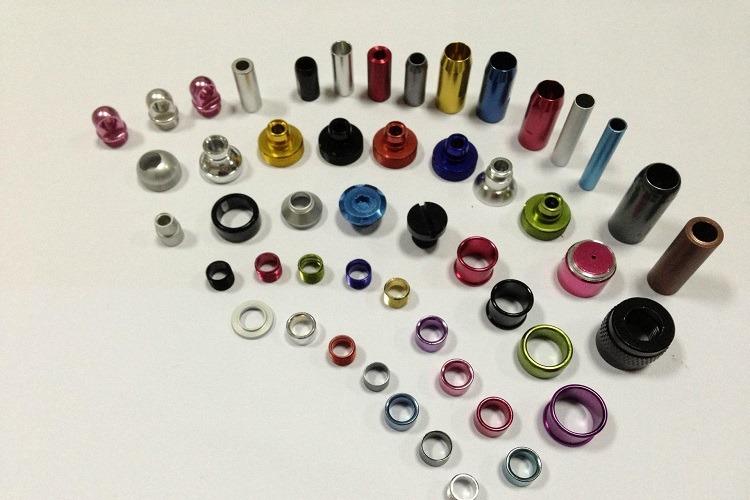Which Colors Are Possible With Anodizing?

Anodizing opens up a surprisingly colorful and varied world and can change the appearance of many materials, most notably aluminum and titanium. The specific colors that can be achieved vary depending on the kind of metal and the anodizing method employed, but here is a broad picture of the color spectrum that you can work with:
l Gold: A classic and elegant choice, often achieved with specific dyes or Type II sulfuric acid anodizing.
l Bronze: Warm, earthy flavors can be produced in a variety of ways, for example, by varying the voltage while chromic acid is being anodized.
l Black: An eye-catching and versatile choice, often achieved through chemical immersion or electroplating methods.
l Silver: Aluminum's natural finish is maintained by clear anodizing, which also gives it a sophisticated and polished look.
l Blue: Using dyes or voltage control in sulfuric acid anodizing, one can achieve a range of colors from soft sky blue to deep sapphire.
l Green: By varying the voltage or using organic dyes, you can turn the emerald color into lime green.
l Red: You can use dye or controlled voltage processes to get a variety of colors, from rich burgundy to intense orange-red.
l Purple: An extravagant and stately option, often achieved by combining voltage control with dyes.
l Yellow: A cheerful and colorful option made possible by the use of dyes or specific voltage variations.
The types of metal, skill level of the anodizer, and exact anodizing technique can all influence the colors that can be produced. Certain colors, like vibrant yellows and greens, may be more difficult to achieve consistently than others. The combination of dyeing and anodizing techniques yields an even wider range of colors and possibilities.
- Art
- Causes
- Crafts
- Dance
- Drinks
- Film
- Fitness
- Food
- الألعاب
- Gardening
- Health
- الرئيسية
- Literature
- Music
- Networking
- أخرى
- Party
- Religion
- Shopping
- Sports
- Theater
- Wellness


